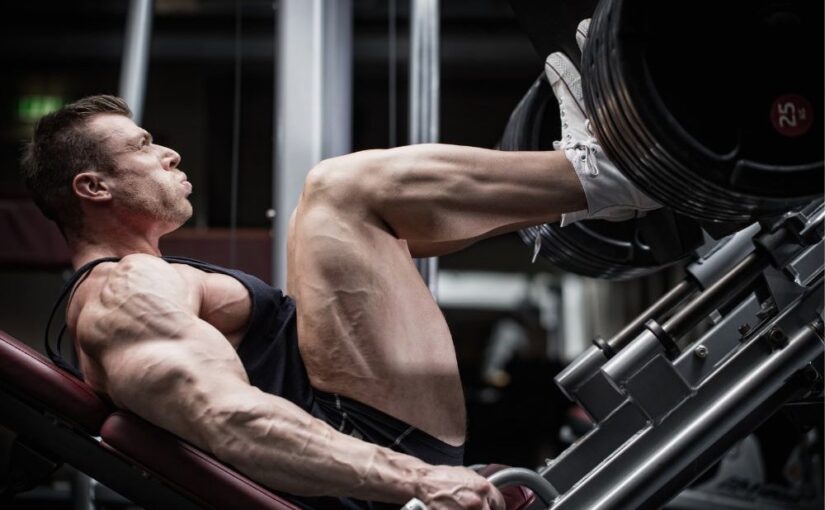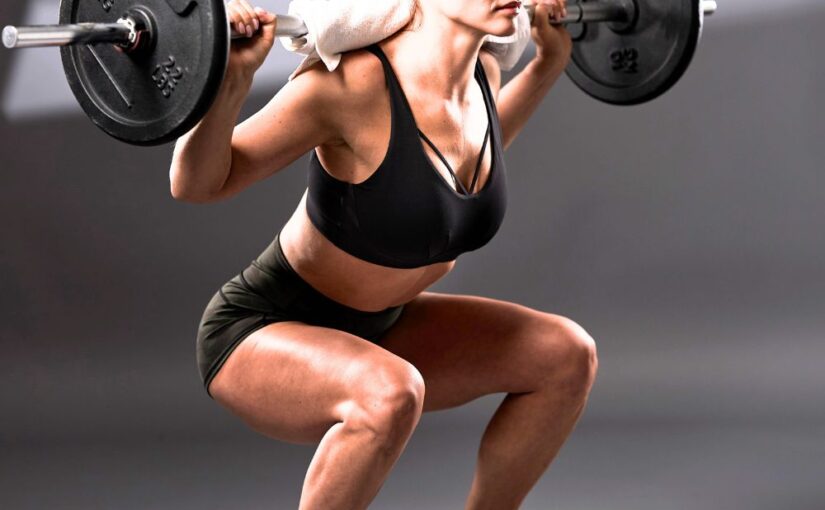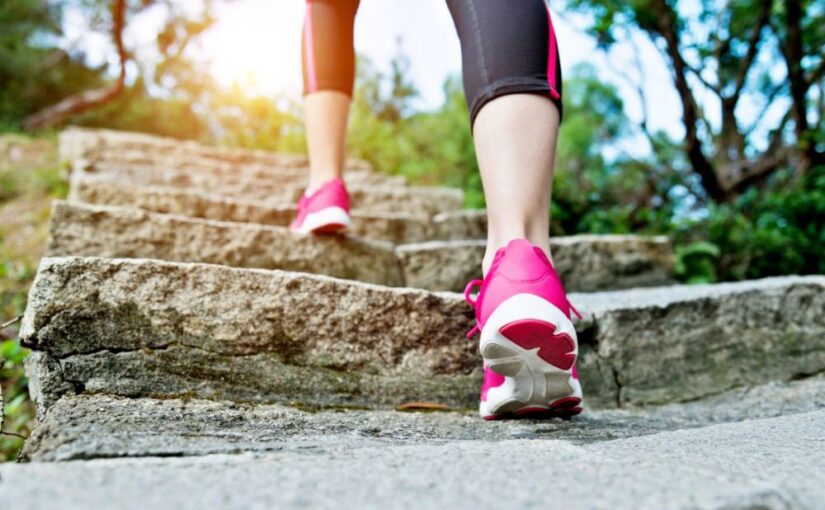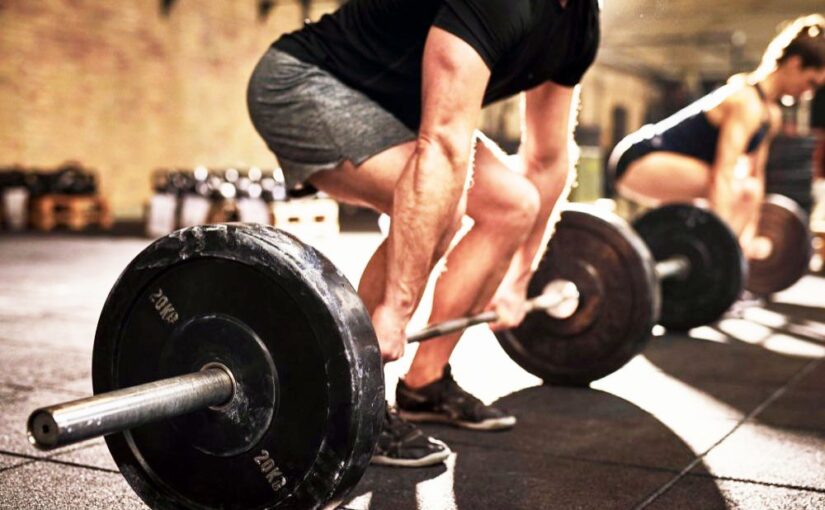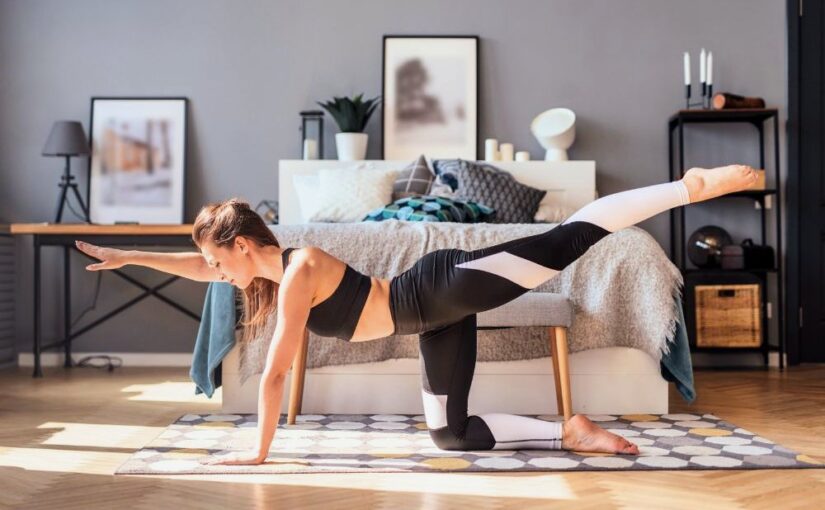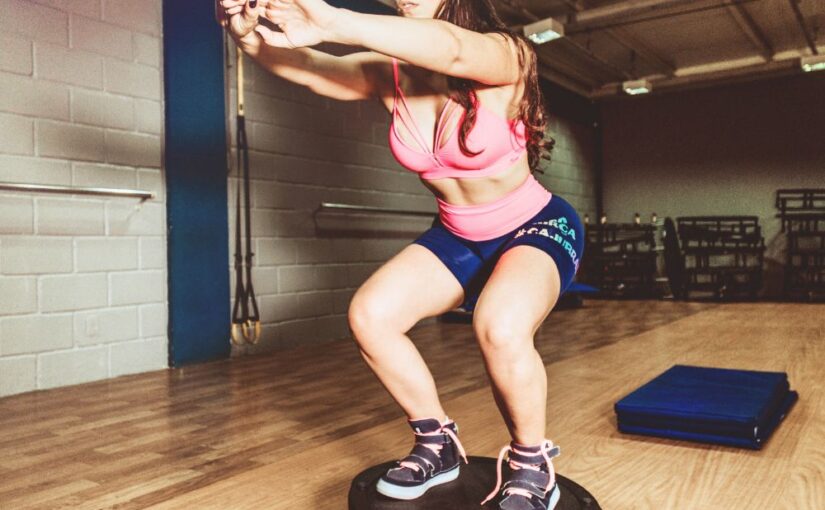When it comes to developing leg strength and size, two commonly used exercises are the leg press and the squat. Each has its advantages, but which one is better? This article will examine the benefits and drawbacks of leg press vs. squats, helping you determine which is best for your fitness goals.
Understanding the Exercises
Squats
Squats are a compound movement that activates multiple muscle groups, like the quadriceps, hamstrings, glutes, and lower back. They mimic natural movements such as sitting and standing, making them functional exercises that can improve overall strength and stability.
Leg Press
The leg press is performed on a machine, where you push a weighted platform away using your legs. This exercise primarily targets the quadriceps, but it also engages the hamstrings and glutes, depending on foot placement.
Benefits of Squats
- Full-Body Engagement: Squats require the activation of core and stabilizing muscles, promoting overall body strength.
- Functional Movement: Squats mimic everyday activities, improving your ability to perform daily tasks and sports.
- Versatility: They can be performed in various ways (e.g., back squats, front squats, goblet squats) to target different muscle groups and adapt to different fitness levels.
Benefits of Leg Presses
- Isolation of Muscles: The leg press allows for more isolation of the leg muscles, making it easier to focus on the quadriceps.
- Reduced Risk of Injury: For individuals with back issues or limited mobility, leg presses can be a safer alternative as they provide back support.
- Easier to Load: The machine allows for easier adjustments in weight, making it user-friendly for beginners.
Limitations of Each Exercise
Squats
- Technique Sensitivity: Squats require proper form to avoid injury, which can be challenging for beginners.
- Mobility Requirements: Individuals with mobility issues may struggle with squats, especially if flexibility is limited.
Leg Press
- Less Core Engagement: While effective for the legs, the leg press does not engage the core as much as squats do, potentially leading to muscle imbalances.
- Machine Dependence: Using the leg press machine limits your ability to perform the exercise anywhere, making it less functional.
Leg Press vs. Squats: Which Is Better?
The answer ultimately depends on your individual fitness goals:
- For Overall Strength and Functional Fitness: Squats are generally considered superior due to their full-body engagement and functional movement pattern.
- For Targeting Quadriceps or Injury Rehabilitation: The leg press can be more effective, especially for those recovering from injury or focusing on leg development without stressing the back.
Conclusion
Both leg presses and squats have unique benefits and can be effectively incorporated into your workout routine. Ideally, a balanced program should include both exercises, allowing you to reap the benefits of each. When weighing leg press vs. squats, consider your fitness goals, experience level, and any physical limitations when deciding which exercise to prioritize. As always, consult with a fitness professional if you’re unsure about form or technique to ensure a safe and effective workout.
Frequently Asked Questions (FAQ)
The leg press is often better for beginners because it provides more stability and support, allowing them to build leg strength with lower injury risk.
Although leg presses help build leg strength, they don’t activate your core and stabilizing muscles as much as squats do. It’s best to include both if possible.
Squats generally provide more muscle-building benefits overall, as they involve multiple joints and muscle groups, including your core.
Not when done with proper form. Squats can actually help reinforce the muscles that support and stabilize the knee joint. Poor form and excessive load are what cause issues.
It depends on your goals. Choose squats for functional strength and full-body engagement, or leg press for focused leg training and injury recovery.
Recommended Gear for Leg Training
To get the most out of your leg workouts, consider investing in some of the equipment for your home gym to support your training goals:
Squat Racks
Perfect for performing safe and effective squats at home. Look for options with adjustable safety bars and sturdy frames.
Barbell Set
A reliable barbell set is essential for squats, deadlifts, and more. Choose one with durable plates and a knurled grip for control.
Leg Press Machines
Great for isolating leg muscles and minimizing stress on the lower back. Ideal for progressive overload.
Leg Extension & Curl Machine
Target your quads and hamstrings efficiently with a dual-function machine that supports both leg extensions and curls.
Affiliate Disclaimer:
The above links are affiliate links. If you purchase through these links, we may earn a small commission at no extra cost to you.

